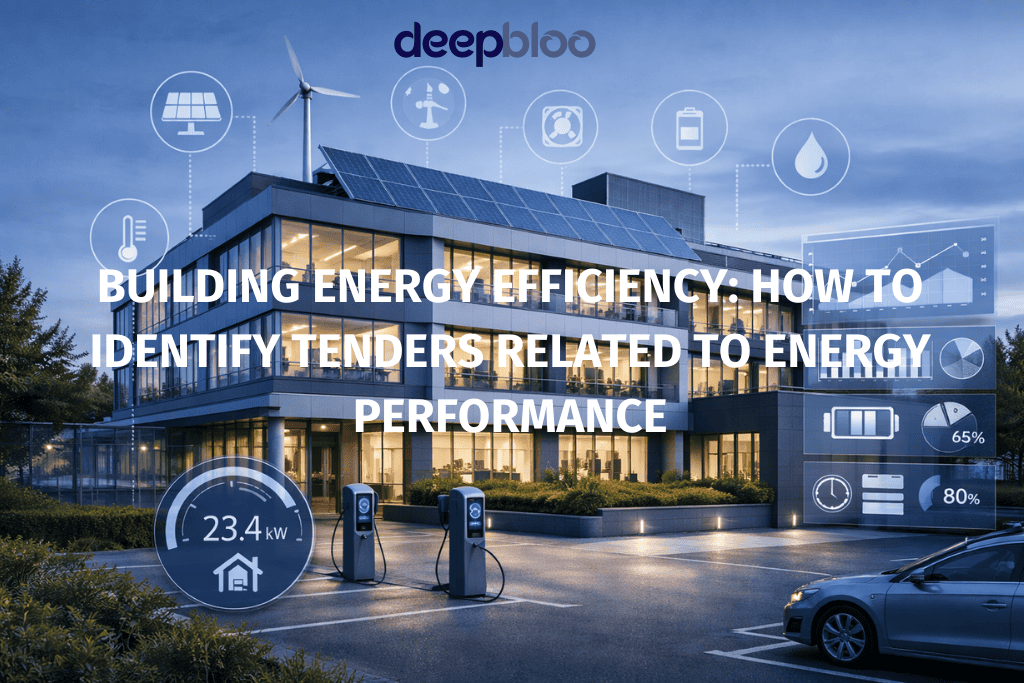How to Deploy a ramp-up strategy with a partner in 5 Steps



SYS CONTROL Commercial director has recently recruited a Business Development Director in charge of building key partnerships with EPC’s in order to improve the sales level. The new Business Development Director builds a strategy based on the ramp-up of a partner.
Among the 15 solar installers who have been identified as potential partners from different countries, 3 are strong potential partners, the strategy will consist of changing completely the business model following 5 steps.
1. Target the right partner
The first task will be to identify the best partners among the three short-listed partners. Key criteria will be:
- A company that has the necessary internal resources to learn the new scope of work it will have to perform.
- A company that has a good reputation and intimacy with the end-user or is in a position to do so in a short period of time.
- If the partner will be in charge of the local scope, this company shall ideally have a permanent establishment in the country of project execution.
- A company having low staff turnover in order to avoid that too many trained people leave the company you are building the partnership with...
- And all other usual criteria (financial, operational, EHS…)
2. Define split of work principles
Identify the scope of work that is not a core business of your company and can be subcontracted or made by another company without major risks in the mid-term for your organization. In the example of SYS CONTROL, its core business is to design, manufacture the key components and install the system. The strategy proposed here below by the Business Development Director consists of giving to the direct customer (the installer) in the next projects, the responsibility to perform a part of the scope of work as below and therefore become a partner.

- Procurement of third-party equipment: could be made by the partner and ship directly to the SYS CONTROL assembly workshop or ideally to the local workshop of the partner if the assembly is locally made. This may reduce the price (management cost) and if the volume bought by the Partner from the suppliers is globally higher than the volume of purchase made by SYS CONTROL, the price of this third-party equipment could be reduced. Obviously, there will be no interest to do this if SYS CONTROL has negotiated a lower price (through Frame Agreement for example) than the installer.
- Commissioning: sending engineers to commission a project is often expensive. Moreover, this raises often tax issues (permanent establishments could be de facto constituted if the commissioning period is too long with an impact on onshore taxation and even on global project taxation). Subcontracting the commissioning is not always possible (High voltage, complexity…) but there are always some opportunities to consider.
- Maintenance and warranty: when the control system of SYS CONTROL will be installed, it will be part of the global solar installation of the partner. If the Installer is in charge of the global warranty/maintenance, it is an opportunity to consider that the first level of maintenance of the control system can be performed by him too (raise an issue, make a simple report).
The execution of the other tasks of the split of work shall not be transferred to the partner if:
- They are too strategic: The objective is not to put the core business at risk and to develop the partner beyond any control with the risk to create a competitor in the near future.
- They are too complex for the partner: It means he would have to drastically change his organization to be able to perform these activities. Low quality might happen and will damage the brand fame of SYS CONTROL and create end-user satisfaction.
In this example, if we consider that the price of an offer of SYS CONTROL is broken down:

The offer price of SYS CONTROL could be reduced by around 25% (8% + 15% + 1%). This strategy will:
- Increase the global competitiveness of the offers from the installer. However, this 25% of price reduction will be partly balanced by a cost increase of the partner (procurement of the third-party, commissioning and warranty are now in the partner scope) but the all point is that the costs will be reduced: (1) Third-party equipment price negotiation, logistics optimization; (2) Commissioning is locally performed (no ticket flight, less risk on onshore taxation, decrease of hourly rate…)
- Reinforce drastically the hit rate as the EPC will win projects which will be based on your offer: The partner is now training its team to the new scope of work he has to perform, is acquiring new skills, is purchasing your solution at a low cost…
However, these 25% price reductions of your offer will not be achieved in the short term but after the deployment of a ramp-up strategy throughout several projects, requiring investment.
3. Define ramp-up objectives
That is why it is necessary to:
- Plan training sessions before carrying out the first project
- Plan a ramp up on some projects

4. Main challenges
- Training people of a partner company is fruitful as long as the employees keep working for the partner company. A major risk is to partner with a company experiencing an important staff turnover.
- The purpose of this global strategy is to win more projects to increase sales, this depends largely on the capacity of the EPC to win projects and to execute them with you.
The choice of the partner is paramount.
A best practice is to identify the projects in advance and the list of projects shall be annexed to the partner contract.
5. A strategy requiring a specific budget
In the example here above, the first two projects will require extra effort from SYS CONTROL. The experience shows that the fact that SYS CONTROL works together with the EPC (becoming a partner) will not reduce in the short term the number of hours but increase the number of hours of the engineering department and will mechanically increase the price of the offer (the cost reduction of the ramp-up strategy will be achieved after some projects when the teams will reach good coordination).
To avoid the mechanical price increase to the partner which may alter the relationship, the global strategy, and the capacity to win together, the extra costs shall not be borne by the project but by another budget line. That is why the Business development director shall have a dedicated budget to execute properly the business development strategy.
The ramp-up strategy which was shown here above is adapted for the company selling solutions, However, manufacturers of products have as well leverage to deploy efficient business development strategy:
- EPC technical staff can be trained on products.
- Commissioning of some equipment can be performed by EPC.
- Contracting with local companies to perform the. commissioning and maintenance of the equipment to reduce costs, increase reactivity and create value creation in the project country.
- Resellers, value-added resellers, and representatives can participate in business development strategy
Key Learning
Work for your customers: identify for them opportunities that they might have not identified themselves, introduce them to the end user... When they will be in a position to bid on the tenders, you will drastically increase your possibilities to sell your products.
Invest in your relationships with your customers to convert them into partners and build a long term business development strategy.
A strategy based on ramp-up is not magic and quick rewarding but requires hard work, investment, and taking risks. But when it will be successful with the right partner, it secures a long term and recurrent business with the partner.
%20(1).svg)


%20(1).jpg)









.jpeg)
.png)


.png)
.png)









